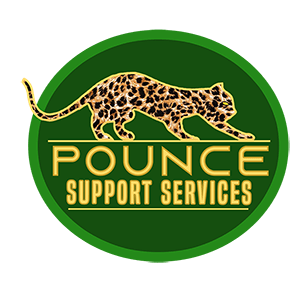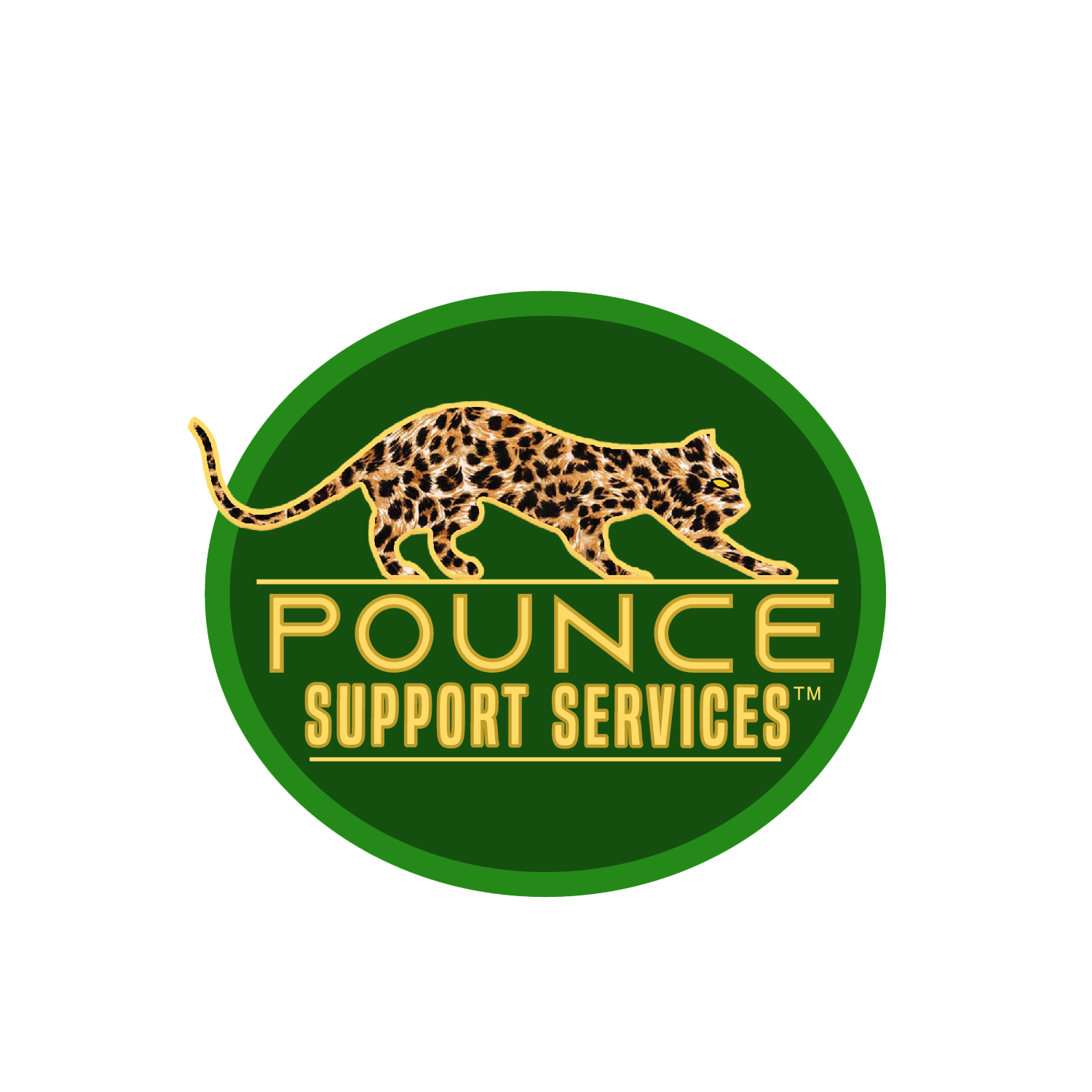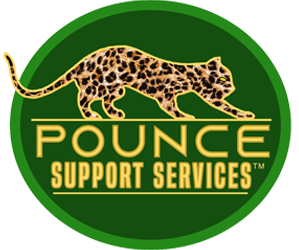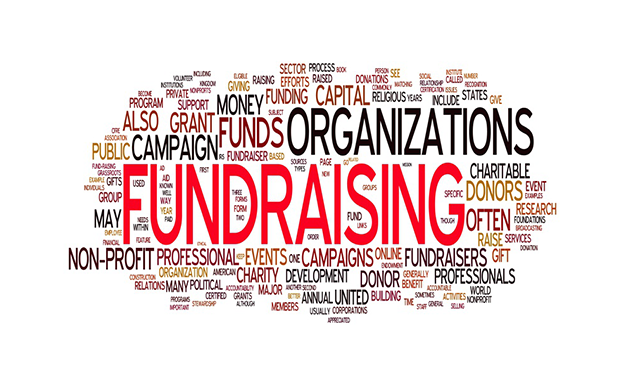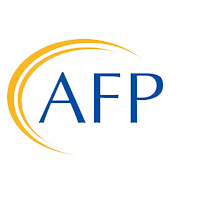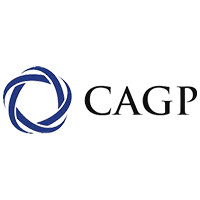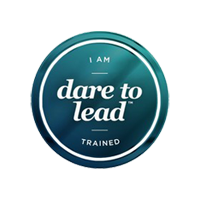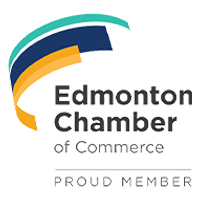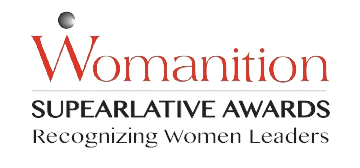10 Strategies to Streamline Operations and Boost Efficiency for Charities
In today’s dynamic nonprofit landscape, efficiency plays a pivotal role in maximizing impact and achieving organizational goals. For charities and nonprofit organizations, optimizing workflow processes and boosting efficiency are essential to effectively steward resources and fulfill their mission.
Automate Repetitive Tasks In the nonprofit sector, administrative tasks like donation processing, volunteer scheduling, and event coordination can consume valuable time and resources. By leveraging automation tools specifically tailored for charities, organizations can streamline these repetitive tasks and allocate resources more efficiently. For instance, implementing a donor management system can automate the process of acknowledging donations, sending thank-you letters, and tracking donor engagement. Similarly, volunteer management software can simplify the process of recruiting, scheduling, and communicating with volunteers, enabling charities to focus on their mission-critical activities and enhance supporter satisfaction.
Optimize Workflow Processes Nonprofit organizations often operate in complex environments with multiple stakeholders, programs, and funding sources. Optimizing workflow processes is essential to ensure seamless coordination and resource allocation across various initiatives. By conducting thorough process audits and mapping out existing workflows, charities can identify inefficiencies, streamline decision-making processes, and improve overall organizational effectiveness. For example, implementing a project management system can centralize project-related tasks, timelines, and dependencies, facilitating collaboration among team members and ensuring timely project delivery.
Invest in Technology Solutions Embracing technology solutions designed specifically for the nonprofit sector can significantly enhance operational efficiency and effectiveness. Donor management software, for instance, enables charities to maintain accurate donor records, track donation history, and segment supporters for targeted outreach campaigns. Similarly, CRM systems allow organizations to centralize constituent data, streamline communication efforts, and cultivate long-term relationships with donors, volunteers, and beneficiaries. By investing in the right technology solutions, nonprofits can improve data management practices, enhance donor stewardship, and drive sustainable growth.
Provide Comprehensive Training Empowering staff and volunteers with comprehensive training programs is essential to equip them with the skills and knowledge needed to excel in their roles. Nonprofit training programs can cover a wide range of topics, including fundraising best practices, program management techniques, and donor stewardship strategies. By investing in ongoing training and professional development opportunities, charities can enhance employee engagement, improve job satisfaction, and foster a culture of continuous learning and improvement. Moreover, well-trained staff and volunteers are better equipped to represent the organization’s mission, values, and impact to external stakeholders, contributing to overall organizational effectiveness and success.
Establish Clear Communication Channels Transparent and effective communication is the cornerstone of successful nonprofit operations. Establishing clear communication channels within the organization and with external stakeholders helps ensure alignment of goals, priorities, and expectations. Internally, charities can leverage communication tools such as intranet portals, team collaboration platforms, and regular staff meetings to facilitate information sharing, foster collaboration, and promote a sense of belonging among team members. Externally, maintaining open lines of communication with donors, volunteers, partners, and beneficiaries helps build trust, demonstrate accountability, and cultivate meaningful relationships that drive positive social change. By prioritizing clear and consistent communication, nonprofits can strengthen their impact, enhance stakeholder engagement, and build a supportive community around their mission.
Pounce Support Services specializes in helping charities identify and seize communications and fundraising opportunities to drive impact and sustainability. By partnering with Pounce, nonprofits can leverage innovative approaches, strategic insights, and actionable solutions to build a stronger, more resilient organization that delivers meaningful change and creates lasting social impact.
